Pokémon is in the midst of a generational shift, and no, I don’t mean how Pokémon Scarlet and Violet just kickstarted the franchise’s ninth generation. Looking back on the monster capturing series’ last 12 months, it’s impossible to overlook the shift in how Pokémon is presenting its world, characters, and future. While the latest game is currently riddled with bugs and struggling to achieve the ambitious vision at its core, as a longtime fan, this past year has me feeling more enticed by the franchise than I have been in quite some time.
Last year was Pokémon’s 25th anniversary, and it ended on a strange note. Pokémon Legends: Arceus was looming for January, but 2021’s big Pokémon game was Brilliant Diamond and Shining Pearl, remakes of the 2006 DS games. As faithful remakes of 15-year-old games, they were emblematic of a moment in Pokémon history when the world as it was presented in the games never felt quite as big as its promise. For a story about the gods of the Pokémon universe, Brilliant Diamond and Shining Pearl feel small in scale, only reckoning with the realities of its major players in subtext and safely playing the hits when it comes to modernising a classic. It was a strange way to cap off the series reaching a quarter of a century, and is widely considered a low point in those 25 years.
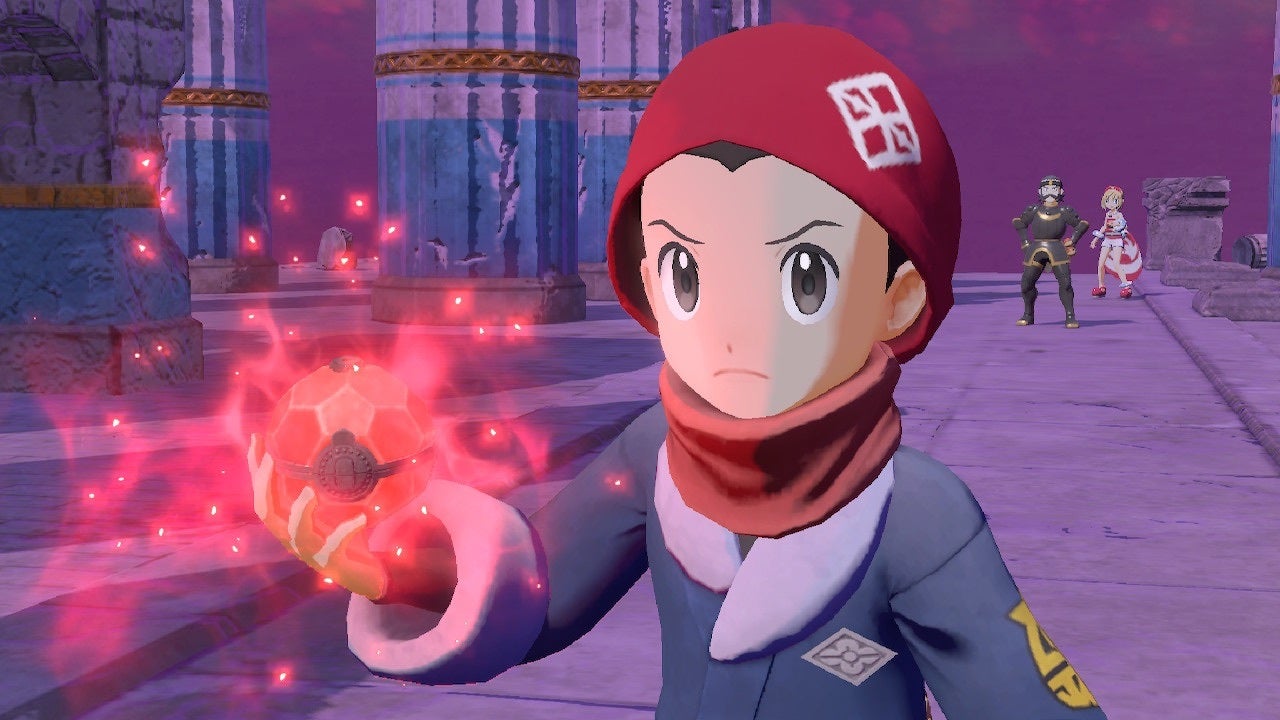
With that in mind, BDSP is in stark contrast to Pokémon Legends: Arceus, which kicked off Pokémon’s 26th year in a bold, messy fashion. Legends: Arceus was the series’ first step into an open-world format. Yes, Pokémon Sword and Shield had the Wild Area, but structurally, that game wasn’t built around exploration. This changed in Legends: Arceus, and it allowed a fluidity in exploration the series had never before seen (and, due shade to Scarlet and Violet, hasn’t seen since). Whereas two months prior, the DS remakes were evocative of a simpler time with simpler tales to tell, Pokémon Legends: Arceus managed to make this well-trod universe mysterious, dangerous, and worth exploring.
It’s been nearly a year since I played Pokémon Legends: Arceus to completion, and I figured I was going to be spending the next 25 years of Pokémon waiting to recapture the highs of its final hours. Where so many Pokémon games presented their lore in shallow, surface-level ways and fell into formulaic stories about evil organisations capturing powerful Pokémon for their own greed only to be defeated by a 10-year-old, Legends: Arceus actually committed to elevating its writing beyond subtext and broad strokes, actually engaging with the strange conflicts and contradictions that always lay just beneath this world’s surface. It didn’t feel like it was giving into some edgelord fantasy of what Pokémon could be, it was just more willing to show the world as it always had been: a world of triumph and tragedy where people and Pokémons’ ambitions collide.
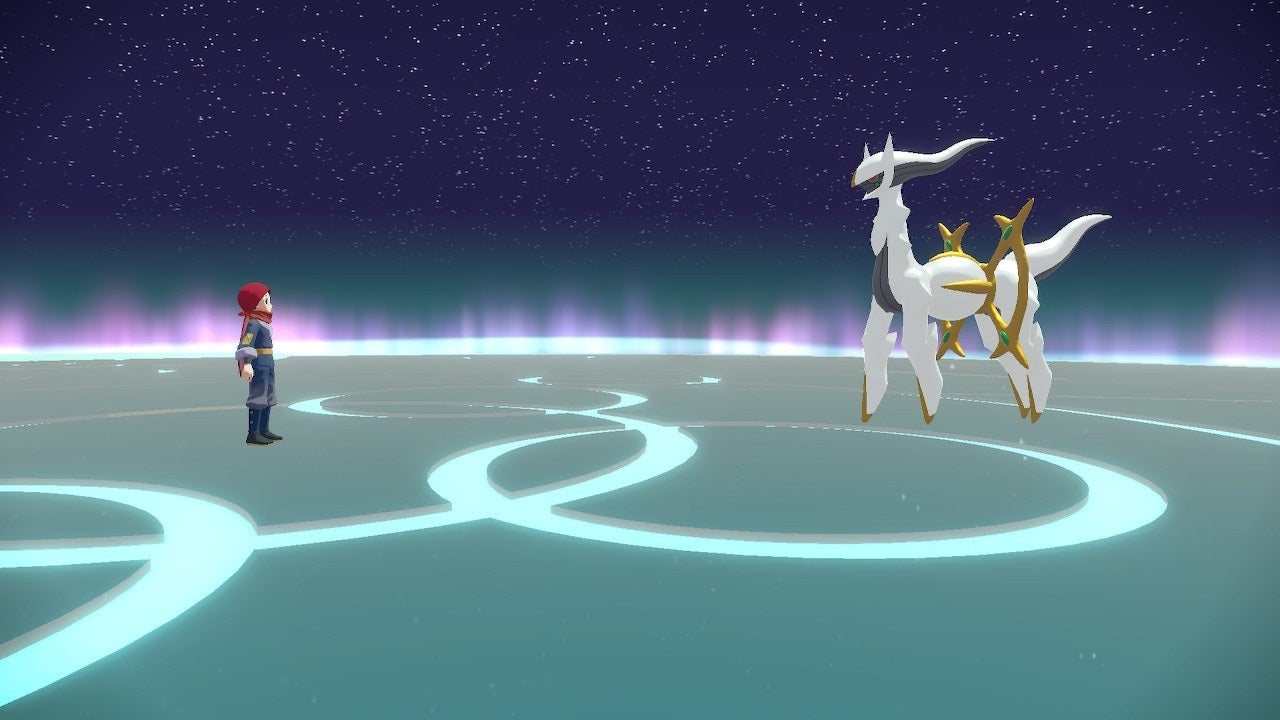
Legends: Arceus was the story about Pokémon gods the original Diamond and Pearl always could have been. It pulled from Pokémon lore to create an isekai story in which your character was dragged through time to undo catastrophic damage caused by Pokémon’s literal Satan allegory. The titular god transports the main character into the prehistoric land of Hisui, where the Pokémon League has yet to homogenize most of the world’s culture to be central to competitive sport, and instead lets you see the beginnings of humanity and Pokémons’ coexistence. Pokéballs are new inventions and not everyone is thrilled to see their friends shoved inside them, and while its conclusions are up for debate, that it’s even willing to ask questions about long-held traditions in this universe is commendable.
Legends: Arceus paints a story of the franchise’s history onto a buggy, but fluid canvas. Its final hours, in which god Pokémon Dialga, Palkia, Giratina, and Arceus itself finally play a role as forces of nature not bound to humanity, but to each other, felt like the game I wanted Diamond and Pearl to be, and was proof that the series can and would grow up alongside me, without forgoing the sense of childlike wonder that made it so appealing in my youth.
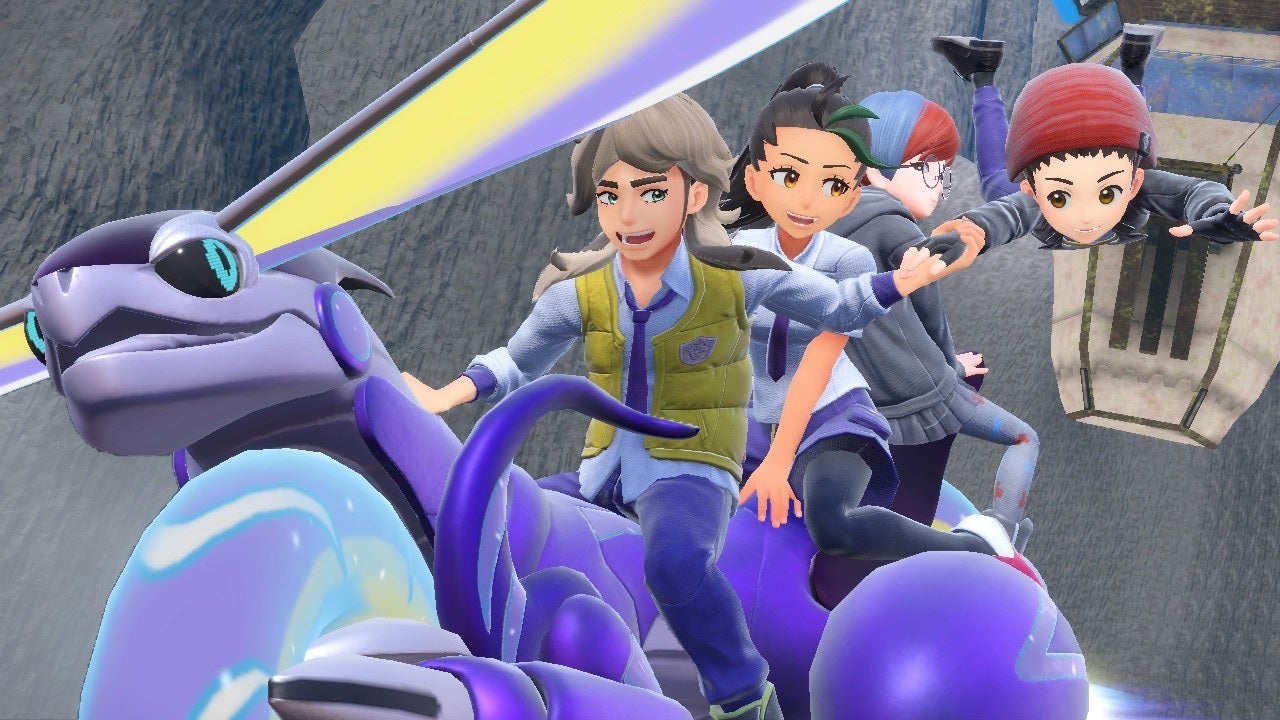
Despite their myriad flaws, Pokémon Scarlet and Violet feel like an attempt for Game Freak to continue to bridge that gap, both from a systemic side, and a narrative one. It’s the most “open world” Pokémon has ever dared to be, with the Paldea region being one (mostly) seamless map that you can explore with friends with few limits. It lacks the same fluid traversal of Legends: Arceus, but it gives players more freedom than ever to explore a world that feels both literally and figuratively bigger than it has in any prior games.
As you travel through Paldea capturing Pokémon, Scarlet and Violet follow three major storylines, each with a distinct human core at the centre. If Legends: Arceus was the step forward for how Pokémon presented its lore, Scarlet and Violet takes more care with its character writing, dealing with stories of grief, a surprisingly nuanced take on a bullying narrative, and a stunning finale that manages to introduce fascinating lore while keeping human connection central.
In the month since Scarlet and Violet launched, I’ve gathered in Discord servers to watch multiple friends play through the game’s finale and hear their astonishment at the turns it takes. The character writing throughout the game had been good, but it was still a fairly standard school-anime storyline. The shift into a science-fiction disaster story with the game’s hot professors at the centre feels earned, and possessed of the right level of poignancy to resonate once again with me each time I’ve watched a friend hit the credits.
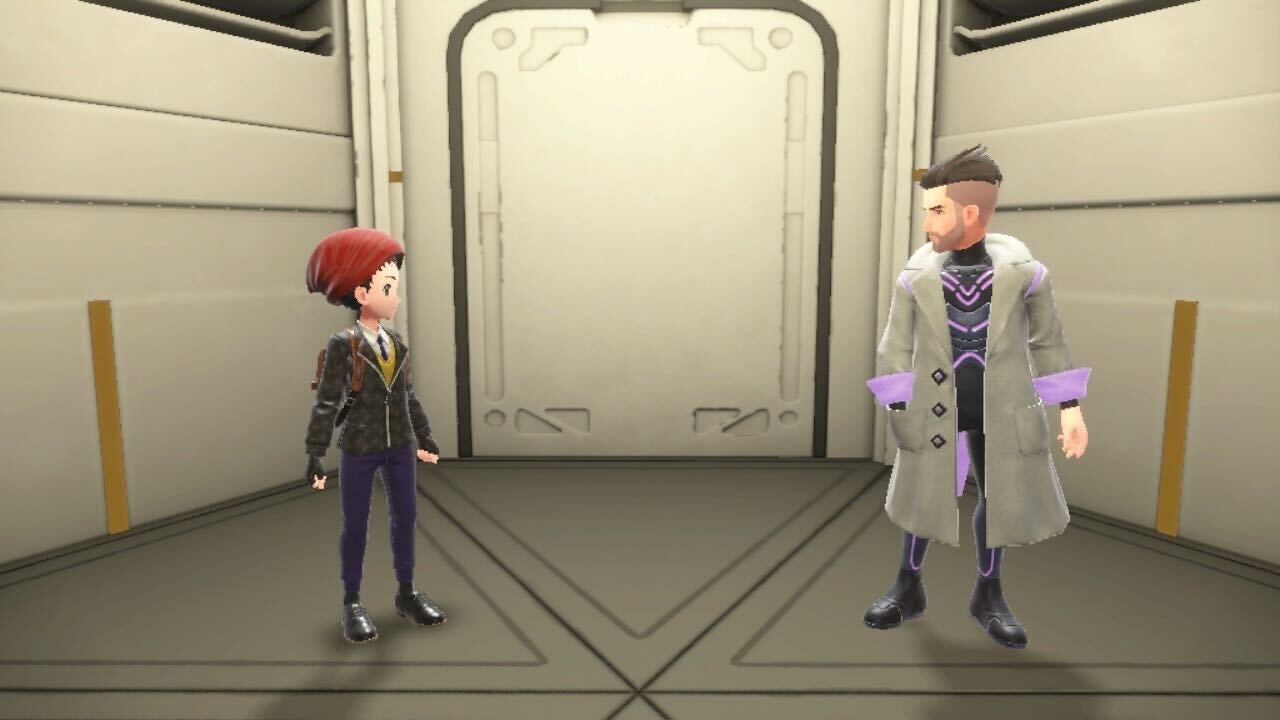
Pokémon has always had the potential to reach these narrative highs, but it hasn’t felt like Game Freak has ever been so laser-focused on presenting these stories with such clarity as it is in Scarlet and Violet’s final hours.
But what’s changed in the time since Diamond and Pearl used Pokémon’s gods as mostly set dressing? Well, a lot, as it happens. Times are changing over at Game Freak, and that was made pretty clear earlier this year when longtime game director Junichi Masuda moved to a different position within The Pokémon Company. New leadership’s spearheading the games these days, with Kazumasa Iwao and Shigeru Ohmori directing Legends: Arceus and Scarlet and Violet, respectively. As new leads and new visions arise, Pokémon feels like it’s finally getting out of the samey rut in which the series has been stuck for several generations. This presents an exciting prospect, even if it means saying goodbye to old friends along the way.
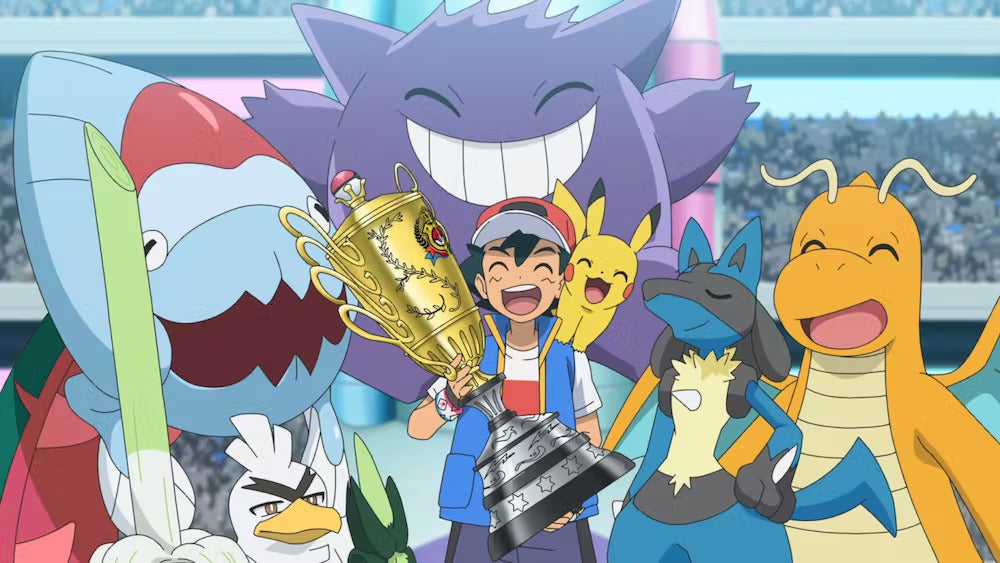
While the games are reaching for new heights (and perhaps struggling to get there on the technical side), so, too, must the rest of the franchise. Last week saw the momentous announcement that the next season of the Pokémon anime won’t star longtime protagonists Ash Ketchum and Pikachu. After 25 years, the series will introduce new leads Liko and Roy, accompanied by the Scarlet and Violet starter Pokémon Sprigatito, Fuecoco, and Quaxly. It’s a tough pill to swallow, and even as a person who watches the anime casually these days, it doesn’t quite feel real.
Ash and Pikachu have been the face of the Pokémon show for almost as long as I’ve been alive, and as such, they’ve been probably the one touchstone of the franchise that every fan, young and old, has felt a connection to at some point.
I can ask my nephew who his favourite Pokémon is, and he will inevitably tell me one from Generation VII or VIII, because those are the ones he grew up with. But he knows who Ash and Pikachu are, because they’ve been the one constant. Now my niece, who just turned two, might not grow up watching the same kid from Pallet Town fight to become the very best like no one ever was. Instead, she’ll know Liko and Roy.
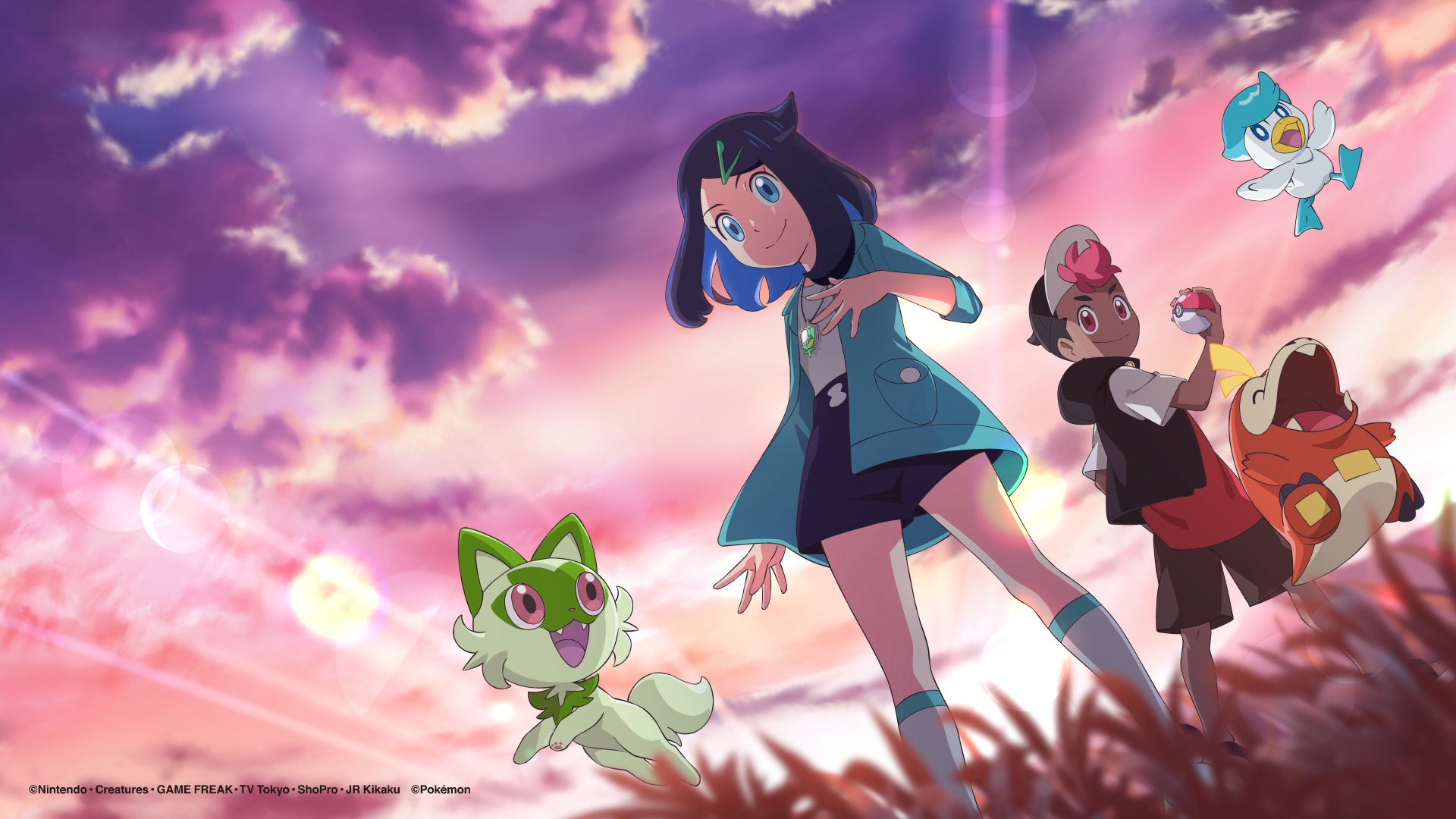
Ash’s departure feels like the most readily apparent sign of Pokémon’s changing times. It’s time for new stories, new adventures, and new ideas to finally make their way into the long-conservative franchise. As a player who’d resigned himself to loving Pokémon for the stories I wrote myself as I played, it’s heartening to see the franchise as a whole recognise its own stagnation, and start to envision a new beginning, even if its games still feel like they’re falling apart getting there. As sad as I am to see some of the old ways die, call me Professor Turo, because I’m excited for the future of Pokémon.
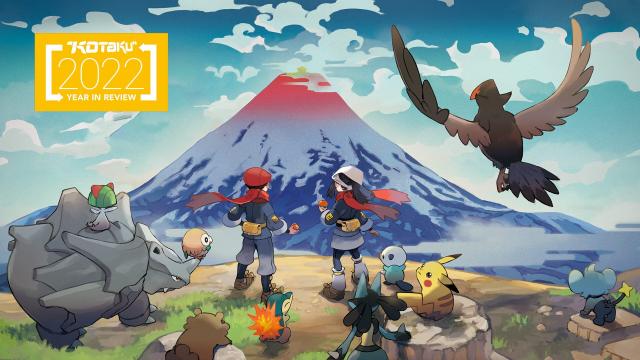
Leave a Reply